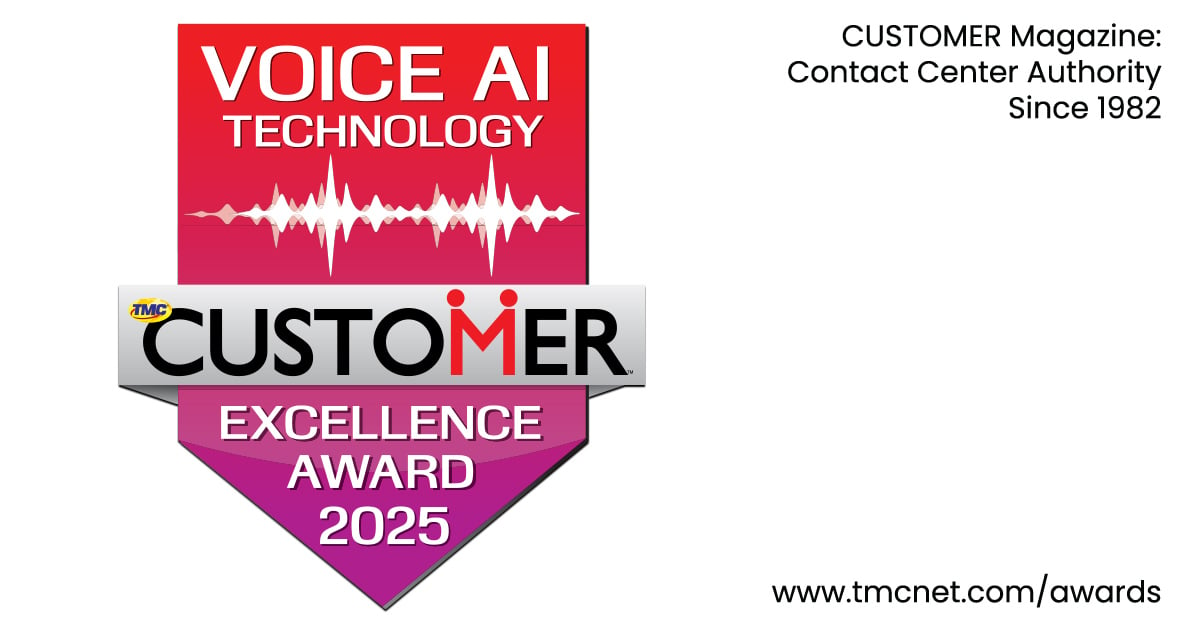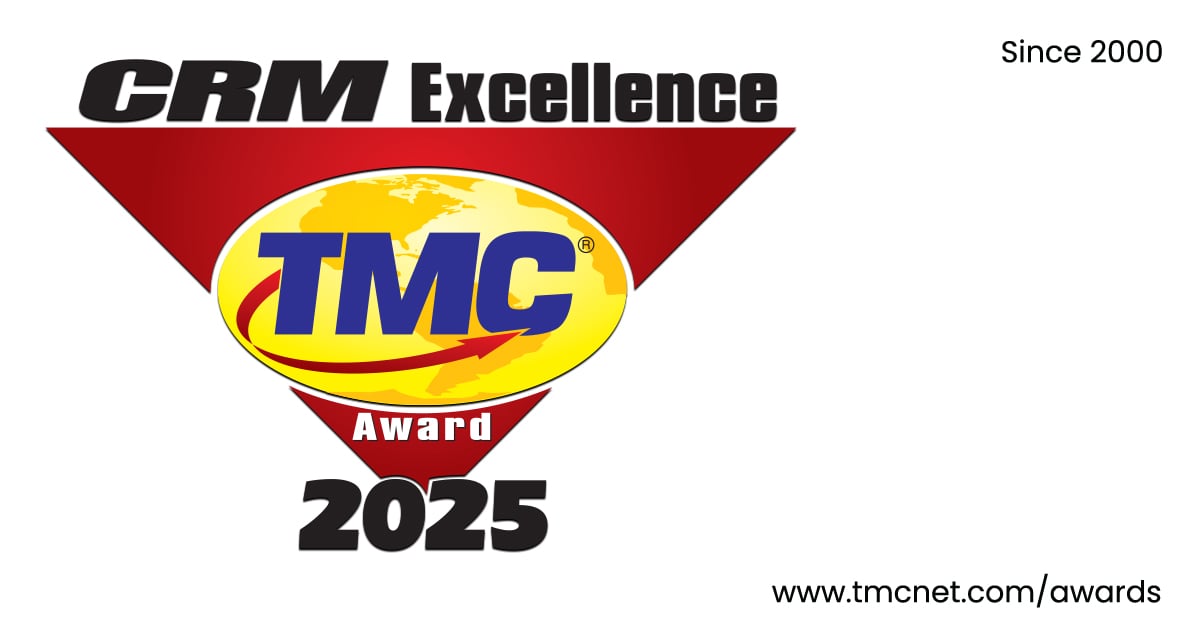
Maintaining a comprehensive set of data and insights about customers is a crucial thing to do in today’s market. Businesses are turning to data-driven sales and marketing, which means they are actively collecting insights and trying to understand their customers better.
A Customer Relationship Management (CRM) solution sits at the core of every insight-gathering process. A CRM solution allows you to keep track of customers along the sales funnel, build genuine relationships with them, and deliver the best customer experience possible.
Naturally, the process starts with choosing the right CRM solution to use, but there are several things to consider before you settle for a CRM platform for your business.
Cost
PieSync, the leading name in multi-platform integration, has a lot of good insights on CRM solutions and the features they offer. The company lists cost as the first factor to consider when choosing a CRM solution. Going for the most expensive solution is not always the best way to go.
Fortunately, CRM solutions like Salesforce and HubSpot are available as a service, so you only have the monthly cost to consider. Both Salesforce and HubSpot can be pricey, but as this comparison highlights, HubSpot is the more affordable of the two.
A good approach is starting your search with a budget in mind. Calculate how much you can actually afford to spend on a CRM solution and limit your search to solutions that are within your budget. You save a lot of time by eliminating out-of-budget solutions immediately.
Tools
Next, you want to make sure that the features you need are available on the platform. Depending on how extensive you want the CRM solution to be, there are several specific features to look for. The most basic one is contact management; this is the feature that lets you document your customers.
A customizable sales funnel and the ability to track customers along this funnel is also important. Finding a tool that works with your existing business process allows for easier implementation. Add analytics to the mix, and you have the basics covered.
Additional features are handy only when you can use them. If you already have other tools for digital marketing, there is no need to rely on similar tools available on HubSpot. Instead, you can use PieSync to synchronize data from the CRM solution to other tools you already use.
Integration
Speaking of integration, compatibility with other solutions is a huge plus. Rather than jumping from one platform to another and doing manual syncing across all of them, using a CRM solution that integrates well with any other business solutions you use is better.
Of course, you have platforms like PieSync helping to simplify integration. Data synchronization, automation, and deeper analysis are made possible when data gaps between platforms are completely closed. Transition between one workflow to another is also more seamless.
Other aspects such as the presence of automation tools, comprehensive reporting and analytics, and reliability are also among the things to consider before you finalize your decision. Review these aspects, however, and you will always end up with a CRM solution that meets your specific business needs.





